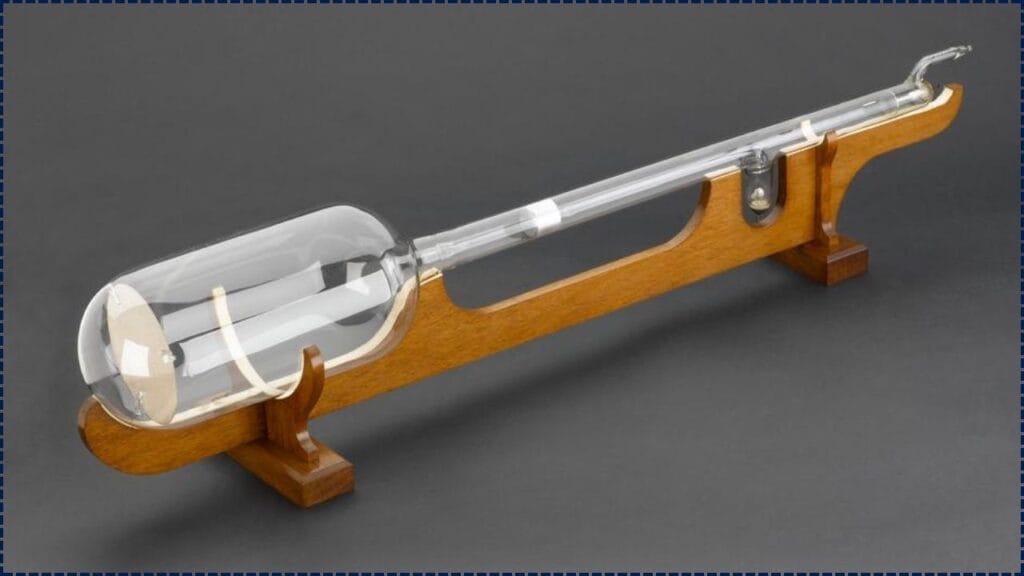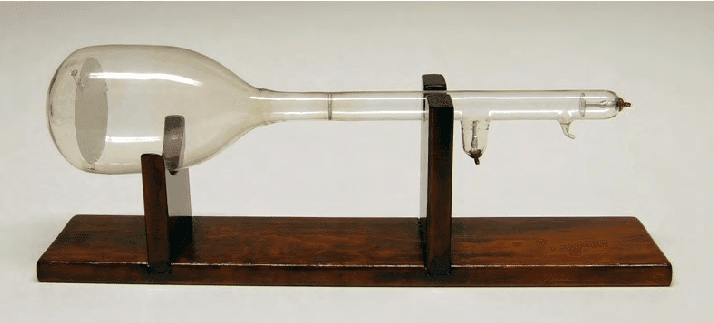In 1897, an archaeological excavation in the North Caucasus region of Russia uncovered a fascinating set of metal tubes. These tubes, made of gold and silver, were discovered in the Maikop Kurgan, an ancient burial mound associated with the Maikop culture, which thrived over 5,000 years ago. Initially misidentified as ceremonial scepters, these tubes have now been recognized as the oldest known drinking straws in history.

This incredible discovery not only sheds light on the technological and social practices of ancient people but also offers a glimpse into the rituals surrounding communal drinking.
Metal Tubes Found in 1897 May Be the World’s Oldest
| Feature | Details |
|---|---|
| Discovery Year | 1897 |
| Location | Maikop Kurgan, North Caucasus, Russia |
| Materials | Gold and silver |
| Length | Approximately 1 meter (3.3 feet) |
| Number of Tubes | Eight |
| Associated Artifacts | Bull figurines, barley starch residue |
| Current Location | Hermitage Museum, St. Petersburg, Russia |
| Cultural Context | Maikop culture (circa 3700–2900 BCE) |
| Proposed Use | Communal beer drinking vessels during feasts |
| Research Publication | Antiquity journal, 2022 (phys.org) |
“The past is not dead; it’s not even past.”
— William Faulkner
The discovery of the ancient drinking straws from the Maikop culture offers us a unique glimpse into the communal practices of an ancient civilization. By reinterpreting these artifacts, we not only uncover the role of beer in
rituals and social gatherings but also deepen our connection with the rituals that shaped human society long ago. These tubes remind us of the enduring significance of community, ritual, and the universal human desire to connect with others over shared experiences.

The Story Behind the Discovery
The discovery of these metal tubes dates back over a century, yet the true purpose of the artifacts has only been revealed in recent years. In 1897, Nikolai Veselovsky, an archaeologist working in the Maikop Kurgan, unearthed the tubes alongside other grave goods like bull figurines and barley starch residue. At the time, these tubes were thought to be ceremonial items, possibly scepters used by the elite of the Maikop culture during religious rites.
However, modern research, particularly the identification of barley starch in the tubes, suggests they were likely used for beer drinking, a ritualistic activity in which communal drinking was an essential part of social life.
Evidence Supporting the Drinking Straw Theory
1. Design Features of the Tubes
The metal tubes were long and slender, about 1 meter (3.3 feet) in length, with narrow perforated tips. These characteristics are strikingly similar to modern drinking straws. The gold and silver used in the construction of these tubes further suggests they were important ceremonial objects, potentially linked to the elite classes in Maikop society.
2. Barley Starch Residue
Analysis of the tubes revealed barley starch residue inside one of the tubes, confirming that beer—made from barley—was likely consumed using these straws during social or ceremonial feasts. This provides a direct link between the use of these tubes and the communal drinking of beer, which was common in ancient cultures.
3. Cultural Parallels to Sumerian Art
Interestingly, Sumerian art from a similar time period also depicts long, perforated straws being used to drink from communal beer vessels. This suggests that the practice of communal drinking using straws was not unique to the Maikop culture, but rather a shared tradition across ancient civilizations.
The Role of Metalworking in Maikop Culture
The Maikop people, who lived in the North Caucasus region, were known for their advanced metalworking skills, especially in crafting gold and silver objects. These drinking tubes are a testament to the technological innovation of the Maikop people, who used their skills to create items that not only served practical purposes but also conveyed social status and ritualistic significance.
- The craftsmanship of these tubes reflects a high degree of skill, suggesting that the Maikop society was well-organized and had access to specialized knowledge and resources.
- These artifacts are part of a larger tradition of gold and silver work found throughout the Maikop culture, which included decorative items, weaponry, and religious symbols.
The Importance of Communal Feasts in Ancient Societies
In the Maikop culture, like many other ancient civilizations, communal feasts played an essential role in social cohesion. Beer drinking was not just a leisure activity; it was a ritualistic and communal practice that helped solidify bonds within society.
- Feasts and celebrations were often tied to important religious or political events, where beer, as a fermented beverage, symbolized abundance and social unity.
- The drinking straws may have been used during such feasts, allowing multiple individuals to drink from the same vessel, thus reinforcing social connections and shared experiences.
These communal practices were not just about drinking beer; they were about building relationships, strengthening alliances, and affirming cultural values.
Beer in Ancient Societies: A Global Tradition
Beer was an important beverage in many ancient cultures, from Sumerians to Egyptians, and from Mesoamerican cultures to Celtic tribes. In many cases, beer was consumed commemoratively and ritually in ceremonial settings.
For the Maikop people, the use of drinking straws indicates that beer consumption was not merely for sustenance but was deeply embedded in the cultural and religious life of the people.
- In Sumeria, beer drinking was part of ritual offerings to the gods.
- In ancient Egypt, beer was used in both festivals and religious rites, and often shared in communal settings.
This shared cultural practice underscores the importance of beer in ancient societies as more than just a drink—it was a symbol of unity, celebration, and ritual.
Related Links
Rhodium Surpasses Gold and Platinum—Why This Rare Metal Is Now the World’s Most Expensive
Lifting Weights the Wrong Way Could Be Hurting You — New Investigation Reveals the Risks
Why Drivers Are Wrapping Car Keys in Foil – What Experts Say About Theft Risks and Prevention?
The Rediscovery of Ancient Artifacts
The modern identification of these drinking straws as beer vessels represents a rediscovery of ancient knowledge. Initially misinterpreted as ceremonial poles or scepters, these tubes have now been properly understood as tools for communal drinking, connecting us to the social and ritual practices of the Maikop people.
The process of reinterpreting artifacts like these shows how advancements in technology and new research methods—such as residue analysis—are constantly reshaping our understanding of ancient civilizations.
FAQs
Q: What is the Maikop culture?
A: The Maikop culture was a Bronze Age civilization that existed in the North Caucasus region of Russia between approximately 3700–2900 BCE. Known for its rich material culture and metalworking skills, the Maikop people left behind a wealth of artifacts and burial goods.
Q: How were the metal straws used?
A: The metal tubes were likely used to drink beer during communal feasts or ritualistic ceremonies, suggesting the importance of shared drinking in social and religious life.
Q: Why are these straws so important?
A: These drinking straws provide insight into the ritualistic and social practices of the Maikop culture, highlighting the role of beer consumption and communal bonding in ancient societies.








